Woodland Sunflower
- September 25, 2023
- 0 comment
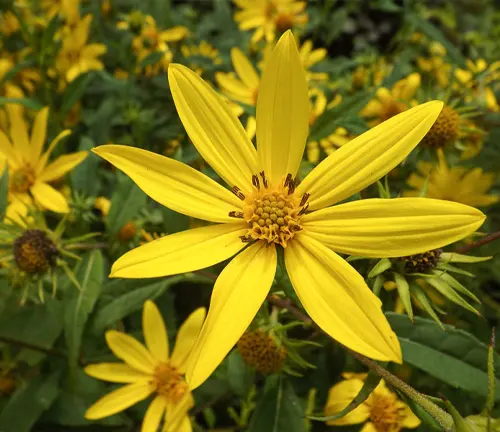
Woodland Sunflower (Helianthus divaricatus) is a charming native North American wildflower cherished for its vibrant yellow blossoms. These cheerful flowers, resembling miniature sunflowers, are the hallmark of this plant. You can typically find Woodland Sunflowers in woodlands and at the edges of wooded areas, where they thrive in partial to full shade and moist, well-drained soils. Their range stretches from eastern Canada down to the southeastern United States.
The Woodland Sunflower boasts lance-shaped, rough-textured leaves and multiple stems that can reach heights of 3 to 6 feet. In late summer to early fall, it graces the forest floor with its 2-3 inch diameter flowers, each featuring 8-12 petals surrounding a central disk. Beyond its aesthetic appeal, this plant plays a vital ecological role. Bees and butterflies are drawn to its nectar and pollen-rich flowers, while its seeds offer sustenance to birds and small mammals.
This plant’s rhizomatous root system facilitates its spread underground. While not typically cultivated for ornamental purposes, it can be a lovely addition to native plant gardens and woodland landscapes. Besides adding a pop of color to shaded areas, Woodland Sunflowers provide habitat and food for various wildlife species, contributing to the biodiversity of natural ecosystems. Though not endangered, promoting the use of native plants like the Woodland Sunflower helps conserve these valuable components of our natural heritage.

| Characteristic | Description |
| Scientific Name | Helianthus divaricatus |
| Family | Asteraceae |
| Native Range | Eastern North America (Canada to SE USA) |
| Habitat | Woodlands, woodland edges |
| Preferred Light | Partial to full shade |
| Soil Type | Moist, well-drained |
| Plant Height | 3 to 6 feet |
| Leaves | Lance-shaped, rough-textured |
| Flower Color | Bright yellow |
| Flower Shape | Daisy-like with 8-12 petals |
| Blooming Season | Late summer to early fall |
| Root System | Rhizomatous |
| Ecological Importance | Pollinator and wildlife food source |
| Conservation Status | Not endangered, benefits from native planting |
Getting to Know Woodland Sunflower
Woodland Sunflower (Helianthus divaricatus) stands as a radiant symbol of the eastern North American woodlands. Its vibrant yellow blossoms, reminiscent of miniature sunflowers, grace the shaded forest floors and woodland edges. Delving deeper into the world of Woodland Sunflowers, we uncover the intricate details that make this native wildflower a true natural gem.
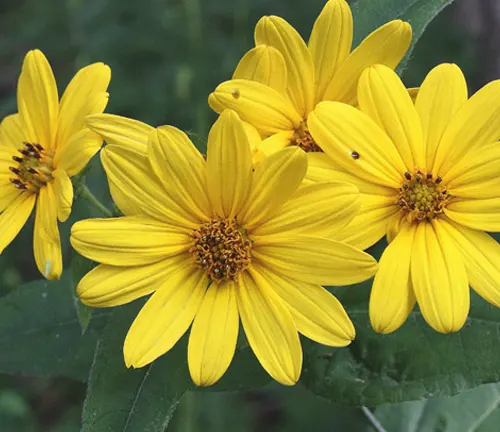
The Botanical Beauty of Woodland Sunflower
The beauty of Woodland Sunflowers lies not only in their golden petals but also in the intricate details of their anatomy. These wildflowers feature rough-textured, lance-shaped leaves that provide them with a unique texture and appearance. Rising on sturdy, multi-branched stems, they can reach impressive heights, creating a visual spectacle in shaded environments. However, the true showstoppers are the flowers themselves—daisy-like with 8-12 petals encircling a central disk. This visual splendor is a testament to the plant’s adaptability and resilience within its woodland home.
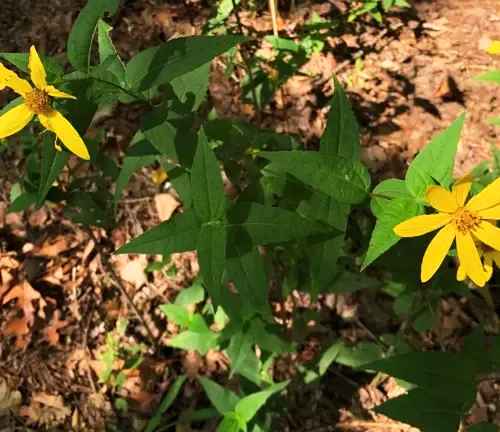
Woodland Elegance
Woodland Sunflowers have an innate ability to infuse elegance into the heart of the forest. They are specialists in thriving in partial to full shade, where their bright yellow blossoms contrast beautifully with the surrounding greenery. Their preference for moist, well-drained soils ensures that they flourish harmoniously alongside other woodland plants, adding to the aesthetic appeal of these shaded realms.
Ecological Importance
Moving beyond their visual charm, Woodland Sunflowers play a crucial role in their ecosystem. Their nectar-rich flowers act as a beacon, attracting an array of pollinators, including bees and butterflies. In doing so, they contribute to the intricate dance of life within the woodlands, facilitating the reproduction of other plant species and supporting the broader ecosystem. Moreover, the seeds produced by these wildflowers are a valuable food source for local wildlife, including birds and small mammals, reinforcing the delicate balance of life within these forests.

Cultivation and Conservation
For those eager to cultivate Woodland Sunflowers, their adaptability and low-maintenance nature make them an attractive choice for gardens and natural landscaping projects. Their resilience to shaded conditions and relative ease of care have made them a favorite among gardeners looking to add native species to their landscapes. Simultaneously, conservation efforts are working to promote the use of native plants like Woodland Sunflowers in landscaping to support the preservation of these essential elements of our natural heritage.
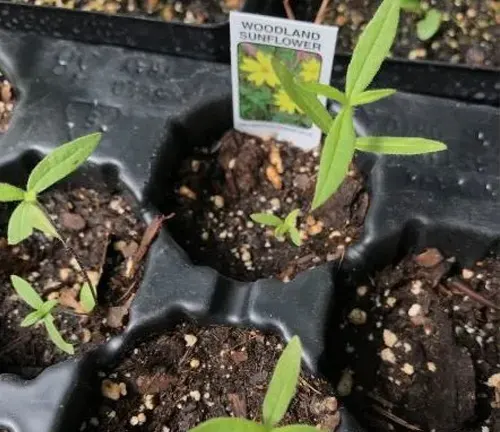
Benefits Beyond Beauty
The allure of Woodland Sunflowers extends beyond their visual beauty. They serve as a symbol of the interconnectedness of flora and fauna within forested ecosystems. Observing these wildflowers in their natural habitat provides a profound appreciation for the intricate relationships that sustain our natural world. As such, they are not just a feast for the eyes but also an inspiration to explore the ecological intricacies of woodlands.
Soil Stabilization
The extensive root system of Woodland Sunflowers plays a role in soil stabilization, particularly in areas prone to erosion. Their rhizomatous growth pattern helps anchor soil particles together, reducing the risk of soil erosion in woodlands and shaded habitats. This application is not only ecologically significant but also showcases the sunflower’s ability to contribute to the stability and health of its ecosystem.
Different Species of Sunflower
Helianthus strumosus (Paleleaf Woodland Sunflower)
This species is known for its pale green, lance-shaped leaves and can be found in woodland edges and open woods. It produces bright yellow flowers in late summer.
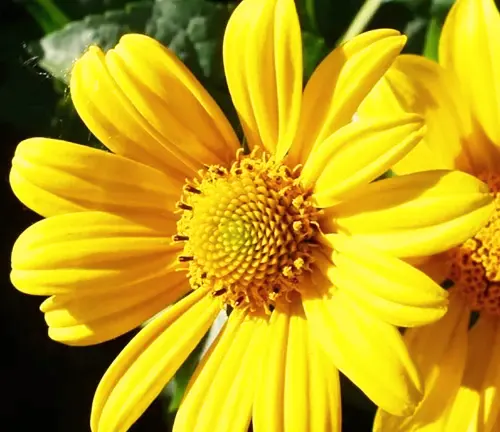
Helianthus hirsutus (Hairy Sunflower)
While not exclusively a woodland species, the Hairy Sunflower can be found in various habitats, including open woodlands. It’s characterized by its hairy stems and leaves and produces yellow flowers.

Helianthus giganteus (Giant Sunflower)
This sunflower species prefers wet habitats and can often be found in woodland edges near streams or wetlands. It’s recognized for its tall stature and large, yellow blooms.

Helianthus decapetalus (Thin-leaved Sunflower)
This species is adapted to a variety of habitats, including woodlands and meadows. It features narrow, lance-shaped leaves and produces clusters of yellow flowers.
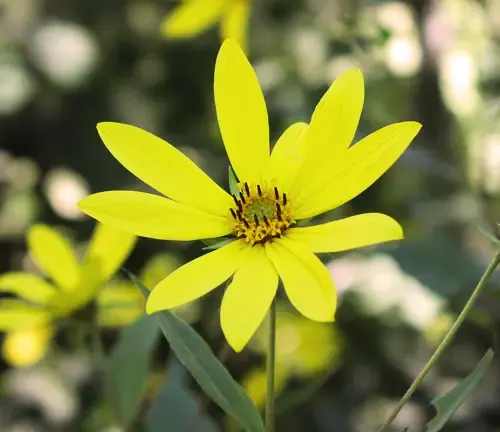
Helianthus occidentalis (Fewleaf Sunflower)
Fewleaf Sunflowers are native to a range of environments, including open woodlands and prairies. They have fewer leaves compared to some other sunflower species and produce bright yellow flowers.
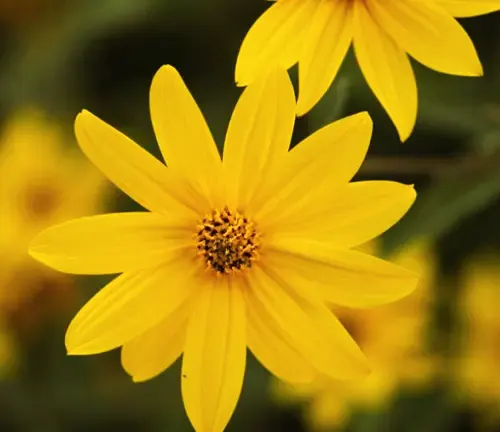
Common Uses
Woodland Sunflowers (Helianthus divaricatus) are commonly used to enhance natural landscapes and gardens due to their ease of cultivation and aesthetic appeal. They add vibrant color and a touch of woodland elegance to shaded areas. Additionally, these native wildflowers play a crucial ecological role by attracting pollinators like bees and butterflies with their nectar-rich flowers, contributing to local ecosystem health. Their seeds are also a valuable food source for birds and small mammals, further enriching the biodiversity of woodlands. While they may not have extensive commercial applications, Woodland Sunflowers are cherished for their role in supporting wildlife and enhancing the beauty of native flora in landscaped environments.
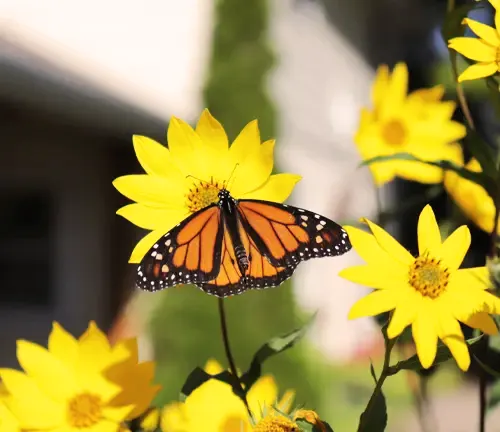
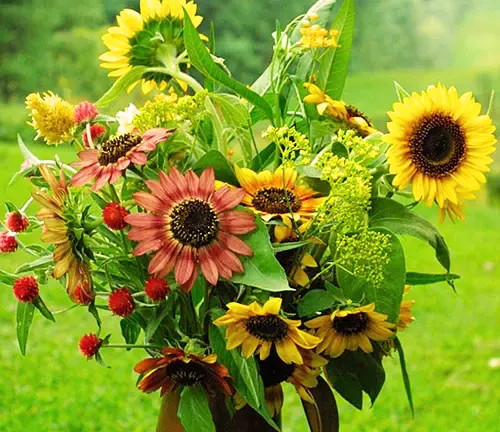
Frequently Asked Questions (FAQs)
- Can Woodland Sunflowers be used for erosion control in woodland areas?
Yes, Woodland Sunflowers have an extensive root system that helps stabilize the soil, making them a natural choice for erosion control in shaded woodlands. - Are there any folklore or cultural stories associated with Woodland Sunflowers?
Some Native American tribes historically used various species of sunflowers, including Woodland Sunflowers, for medicinal and ceremonial purposes. These traditions are rich in cultural significance. - Do Woodland Sunflowers have any unique adaptations to their shaded habitat?
Yes, Woodland Sunflowers have adapted to thrive in partial to full shade, with rough-textured leaves that help them capture available light and flourish in shaded environments. - Can Woodland Sunflowers be grown in urban gardens or containers?
While they prefer natural woodland habitats, Woodland Sunflowers can be cultivated in shaded urban gardens or large containers, provided they receive adequate moisture and care. - What is the conservation status of Woodland Sunflowers?
Woodland Sunflowers are not currently considered endangered, but like many native plants, they can face threats from habitat destruction and invasive species. Promoting the use of native plants in landscaping can contribute to their conservation.


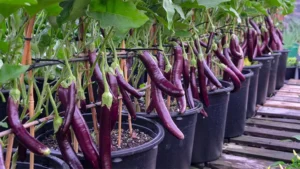
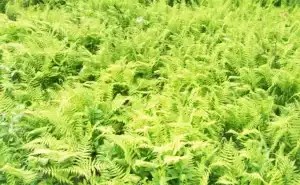

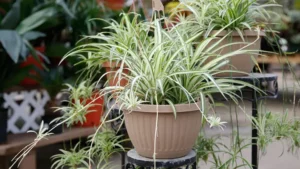


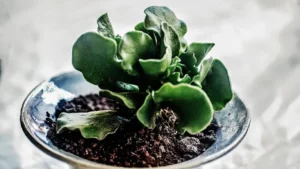
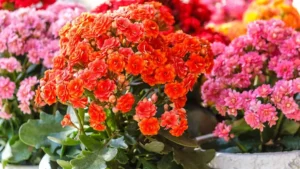
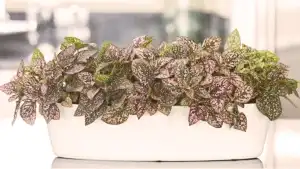
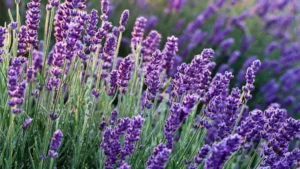
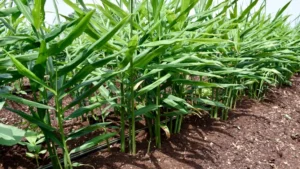
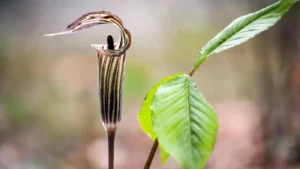
Leave your comment